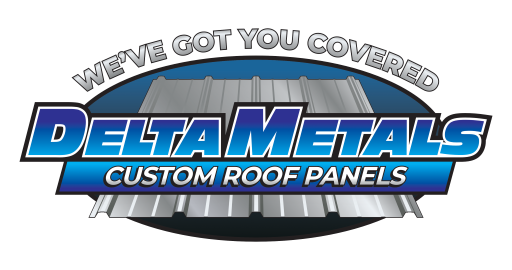Metal Filing Removal
Specifications for Removing Iron/Metal Filings from Coiled Coated Metal Panels
Background
Steel debris or particles, when allowed to remain on a building following its construction, will rust causing an unsightly stain that can be difficult to remove. To the untrained eye, steel debris looks like premature corrosion.
Steel debris includes iron fines left from cutting and/or drilling operations when using friction saws, abrasive discs, drills, etc. Additionally, weld splatter from welding operations may also contribute to steel debris. Steel debris may include other construction materials left on the roof such as nails, screws, staples, nuts, rivet shanks, etc.
Prevention of steel debris staining is the responsibility of the installer. Stain prevention is much easier and less expensive than cleaning and repairing the stain caused by steel debris. In severe cases, such staining can lead to replacement of panels and is not covered under warranty. By carefully evaluating these factors, you can select metal roofing and siding that balance durability, aesthetics, and cost, ensuring a long-lasting and visually appealing investment.
Effect of Steel Debris on Panel
The main effect of steel particle staining on painted panels is aesthetic. It is usually not detrimental to the overall corrosion performance. It forms red rust until completely rusted away. The natural weathering action will deplete the red stain on top of the paint.
Rarely will steel particles penetrate the paint and contact the protective metallic coating. The red rust is inert, but steel particles in contact with the coating will accelerate zinc corrosion, leading to premature coating depletion and paint peeling.
Removing the stain on painted panels is only a cosmetic imperfection; not cleaning the stain is a viable option. Removing the stain after a couple of year’s exposure is easier than removing it immediately. The steel particles embedded in the paint will corrode away in that time. Any steel particles that remain after cleaning will rust again, causing more stain.
Removing the Stain
(test any cleaning procedure on a non-exposed section to ensure it will not remove the paint)
A mild abrasive cleaner (soft scrub), applied lightly with a non abrasive pad, can remove normal staining and most of the particles causing the stain. It is necessary to only use light pressure as the cleaner may remove the paint… Do not use steel wool.
More severe staining requires extensive cleaning. There will be more particles and more rust. In this situation, use diluted muriatic acid starting with 5 parts water to 1 part acid. Use a rag to apply and rub the affected areas. After a few circular wipes, it should remove the rust. This ratio can be increased to a 3:1 ratio if it does not loosen up the particles enough. It is imperative to rinse with water and to not let the acid mix dry on the painted finish.
**Neither Sherwin-Williams nor Delta Metals is liable for any damage to the original finish in removing the iron/metal filings or stains**
